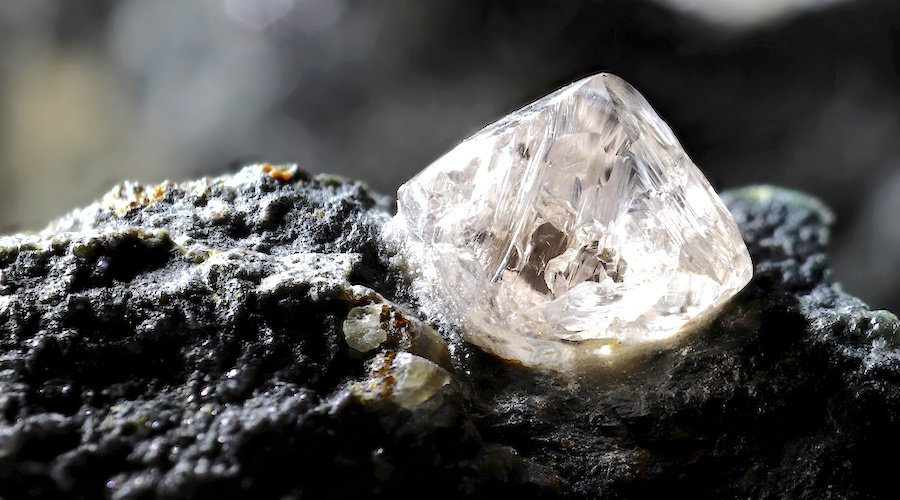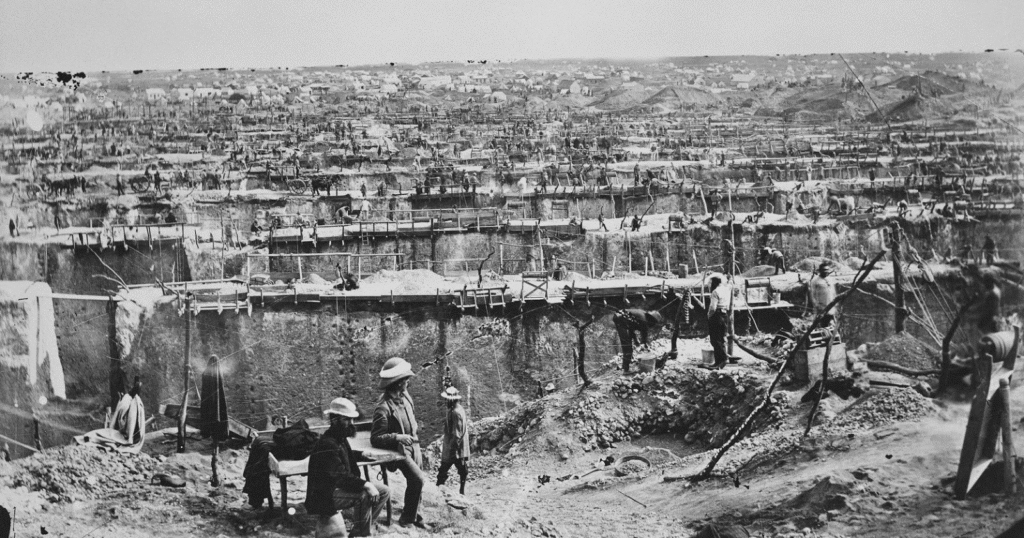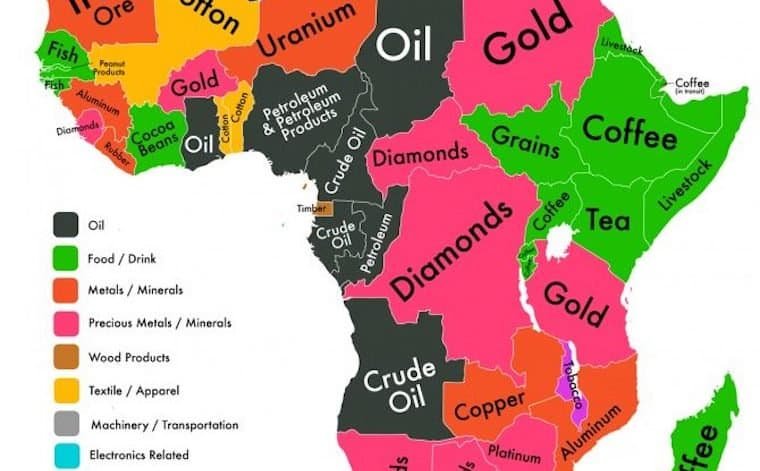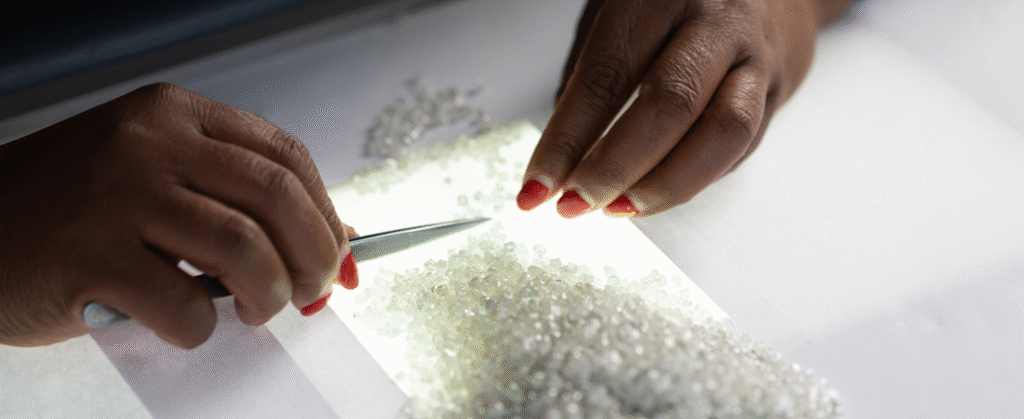Diamond Mining in Africa

Few natural resources have shaped a continent’s destiny as profoundly as diamonds . Africa’s journey with diamond mining spans over 140 years , marked by groundbreaking discoveries, colonial exploitation, economic transformation, and ongoing debates about ethics and equity .
Today, Africa remains one of the world’s leading sources of gem-quality and industrial diamonds — but its history reveals both brilliance and hardship beneath the surface.
💎 The Birth of African Diamond Mining (1867–1900)
The modern era of diamond mining in Africa began in 1867 when a 15-year-old boy, Erasmus Jacobs , found a shiny stone on his father’s farm near the Orange River in what is now South Africa .
That stone turned out to be a 21.25-carat diamond , later named the Eureka Diamond .
This discovery sparked a diamond rush , drawing prospectors from around the world. By 1871 , rich deposits were uncovered at Kimberley , leading to the formation of massive volcanic pipes known as kimberlite pipes — the primary source of diamonds.
⛏️ The Big Hole of Kimberley became the epicenter of early diamond mining — manually dug to over 200 meters deep by tens of thousands of laborers.
In 1888, Cecil John Rhodes founded De Beers Consolidated Mines Ltd , consolidating claims and creating a near-monopoly over global diamond production that would last more than a century.

🌍 Expansion Across the Continent (20th Century)
As South African surface deposits declined, exploration spread across Africa:
✅ Democratic Republic of the Congo (DRC)
- Discovered in the 1910s
- Now one of the world’s largest producers by volume (mostly industrial-grade)
- Much of the output comes from artisanal and small-scale mining (ASM)
✅ Botswana
- Diamonds discovered in the 1960s, just before independence
- Partnership with De Beers led to Debswana , a 50/50 state-owned joint venture
- Mines like Orapa, Jwaneng, and Letlhakane made Botswana one of Africa’s most stable and prosperous nations
✅ Angola
- Major producer since the 1920s
- Civil war (1975–2002) linked to “blood diamonds ” funding armed groups
- Post-war reforms improved transparency; now a significant gem-diamond exporter
✅ Sierra Leone & Liberia
- Known for conflict diamonds during civil wars in the 1990s–2000s
- Infamous for brutal conditions and child labor tied to rebel financing

🔗 Blood Diamonds and the Push for Ethics
The term “blood diamonds” or “conflict diamonds” emerged globally in the 1990s, referring to gems mined in war zones and sold to fund armed conflict against governments.
Africa was at the center of this crisis, particularly in:
- Sierra Leone
- Angola
- Central African Republic
- DRC
In response, the international community established the Kimberley Process Certification Scheme (KPCS) in 2003 , requiring member countries to certify shipments as conflict-free.
While the Kimberley Process reduced the flow of conflict diamonds, critics argue it doesn’t address human rights abuses, environmental damage, or smuggling fully.
Today, initiatives like responsible sourcing , traceability tech (blockchain) , and certified ethical brands aim to bring greater transparency to the diamond supply chain.

❓ Frequently Asked Questions (FAQs)
Q: Which African country produces the most diamonds today?
A: In value, Botswana leads Africa, producing high-value gem-quality stones. In volume, the DRC produces the most (mostly lower-value industrial diamonds).
Q: Are all African diamonds “blood diamonds”?
A: No. The vast majority of diamonds from countries like Botswana, Namibia, South Africa, and Ghana are ethically sourced and legally exported under strict regulations.
Q: How did diamonds impact African economies?
A: Outcomes vary:
- Botswana : Transformed from one of the poorest to a middle-income nation thanks to diamond revenue.
- Sierra Leone & Angola : Experienced prolonged conflicts fueled by diamond wealth (“resource curse”).
- DRC : Struggles with informal mining and limited local benefit despite huge output.
Final Thoughts
The history of diamond mining in Africa is a story of natural abundance, human ambition, colonial exploitation, conflict, and hope .
From the dusty pits of Kimberley to the high-tech sorting labs of Gaborone, Africa continues to shape the global diamond industry. As demand grows for ethically sourced, traceable gems , the continent has an opportunity to ensure that its diamond wealth benefits its people — not just foreign investors or armed factions.

